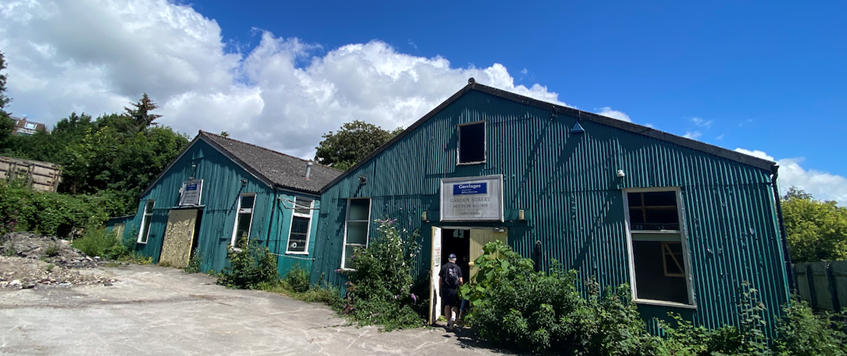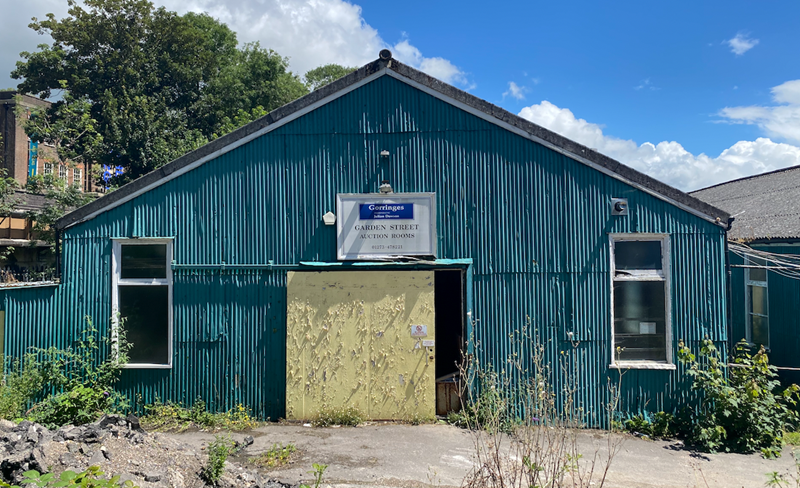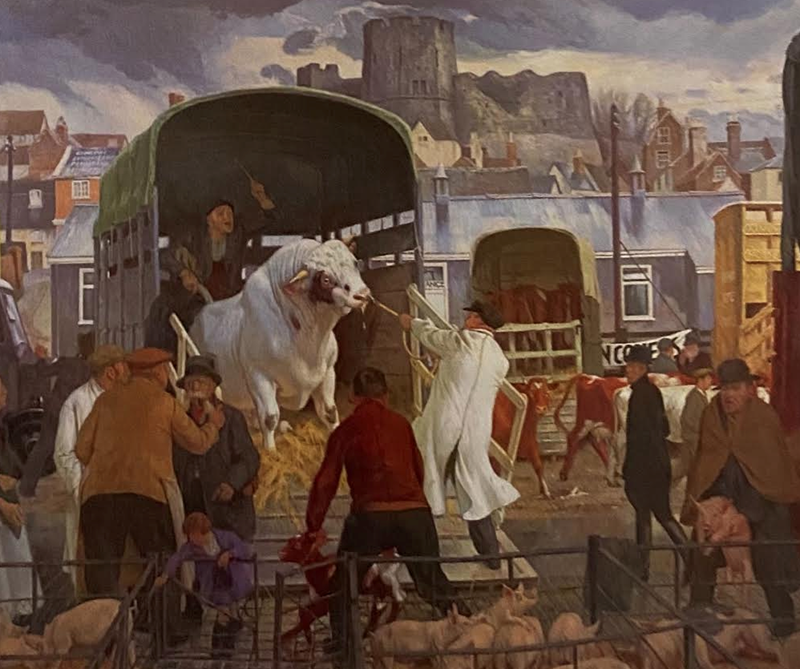
ISSUES REGARDING THE VENUE HAVE BEEN RESOLVED: THIS EVENT IS BACK ON!
This October, the people of Lewes will once again pay tribute to the history of the WW1 Lewes Green Huts. These huts (actual one building during the war) served as the chapel at Seaford Camp and was used by soldiers of the British West Indies Regiment, as well as Canadian Foresters and others. They were spaces for prayer and community. After the Great War it was sold, carefully dismantled and brought to Lewes where it has been ever since - as two buildings.
Experience the iconic Lewes Green Huts before they are permanently removed, at this unique pop-up museum featuring an exhibition, archive material, original art, film, talks, historical artefacts for you to handle and two spoken word performances.

Once a church for soldiers camped at Seaford training to fight in WW1, they are the only building still in existence which was used by the thousands of black soldiers from the Caribbean – the British West Indies Regiment, or BWIR - who volunteered to fight in 1915 and came to do their training here.
Discover why, what happened, and how this had a lasting impact on the civil rights movement.
The event will be a feast for the senses, with printed displays of archive material and photographs, an interactive family area, artefact displays and handling, creative performances, including a performance of Letters Home by Dulani Kulasinghe, and expert talks. With their official records having been destroyed in the Blitz, the traces we still have of these men found in local Sussex archives such as stories in newspapers, are almost always the only record we have of their lives, and these are displayed together in public for the first time. A central feature will be artworks by students from East Sussex College created in response to the objects found abandoned on the floor of the huts.
Part of Black History Month, the event is a unique opportunity to uncover local Sussex History which has been almost completely forgotten, shedding light on a crucial chapter in our past.
Completely free, with no need to book, this is a one-off experience to be noticed.

Huge numbers of huts were auctioned off after the war, often finding new lives as agricultural buildings or housing. However, in 1919, Lewes cattle market was completely out in the open and desperately in need of cover. Odd in shape and very large, but made of coveted corrugated steel, the Green Church Hut was perfect. It was shipped to Lewes by train, and divided in two, later becoming an auction house.
The Huts have been here ever since.

Volunteers have been busy rescuing this iconic Lewes building. Once restoration work has been completed, local groups, including East Sussex College, Diversity Lewes, Culture Connect Project and Lewes Stand Up to Racism, want to hold a series of cultural events there. Lewes Town Council and South Downs National Park support the project.
The first event will occur during Black History Month, on Saturday and Sunday October 26th & 27th, from 11 am-5 pm. It will include the exhibition, a gospel choir, food, music, dance workshops, children's activities, stalls, story-telling, a raffle, and much more.
We are in urgent need of volunteers to revamp the building, assist with general/industrial cleaning, DIY, and clearing overgrown outside areas. Your help is crucial to get the venue ready for our first event on October 26th, and for future regular cultural events and creative exhibitions.
You can email Jonathan Vernon > Cllr.Vernon@lewes-tc.gov.uk





